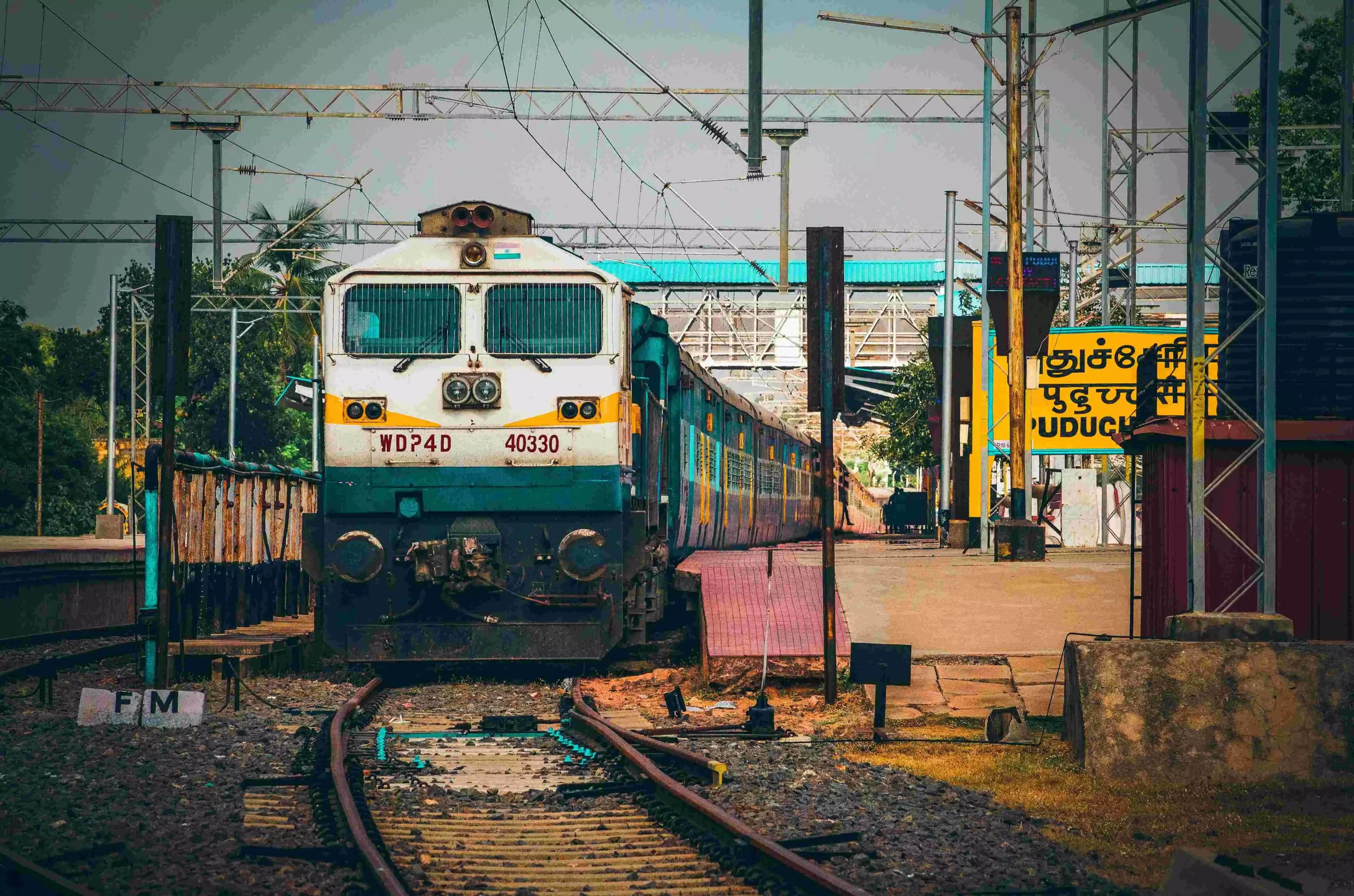In a significant move to bolster coal transportation efficiency, Coal India Limited (CIL) has entered into a Memorandum of Understanding (MoU) with Indian Port Rail & Ropeway Corporation Limited (IPRCL). The agreement, signed on June 5, 2025, in Kolkata, aims to develop and upgrade rail infrastructure for CIL and its subsidiaries.
About the Partners
-
Coal India Limited (CIL): A state-owned coal mining and refining company, CIL is the world’s largest coal producer, accounting for over 80% of India’s coal production.
-
Indian Port Rail & Ropeway Corporation Limited (IPRCL): A joint venture between 11 major ports under the Ministry of Ports, Shipping and Waterways (holding 90% equity) and Rail Vikas Nigam Limited (RVNL) under the Ministry of Railways (holding 10% equity). IPRCL focuses on providing efficient rail evacuation systems to major ports and enhancing their capacity and throughput.
Objectives of the MoU
The primary objectives of the MoU include:
-
Development of Rail Infrastructure: Upgrading and constructing rail infrastructure to facilitate seamless coal transportation from pitheads to dispatch points.
-
Enhancement of First-Mile Connectivity: Improving the connectivity between coal mines and main railway lines to expedite coal dispatch and reduce transportation bottlenecks.
-
Expansion of Rail Sidings: Establishing additional railway sidings at strategic locations to accommodate increasing coal production and ensure timely delivery.
Strategic Importance
This partnership is crucial as it addresses the challenges associated with coal transportation in India. Enhanced rail infrastructure will lead to:
-
Increased Efficiency: Faster and more reliable coal delivery to power plants and other industries.
-
Reduced Costs: Lower transportation costs due to improved logistics and reduced reliance on road transport.
-
Environmental Benefits: Decreased carbon footprint by shifting coal transportation from road to rail, which is more energy-efficient.

